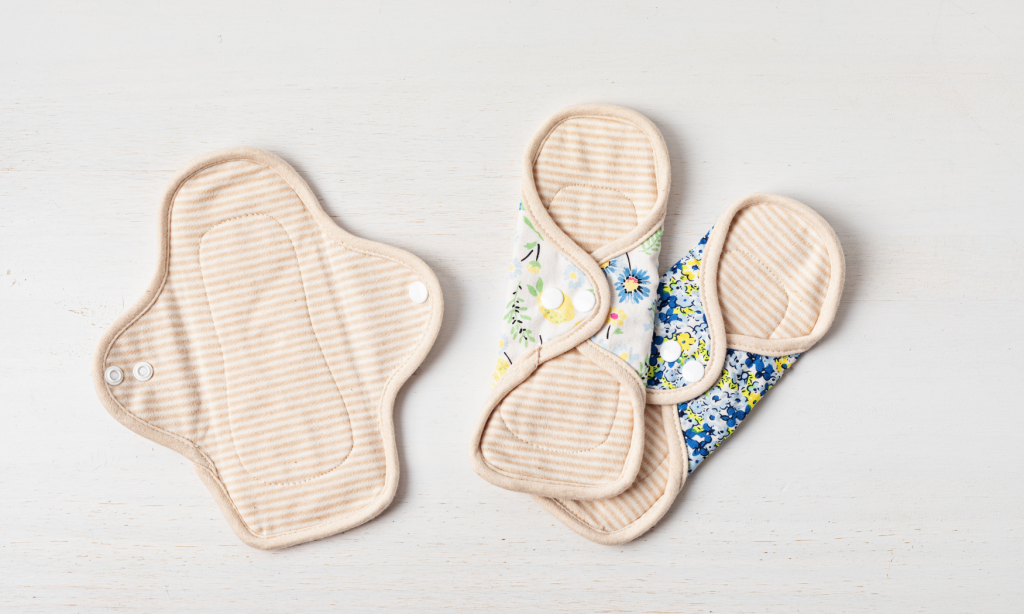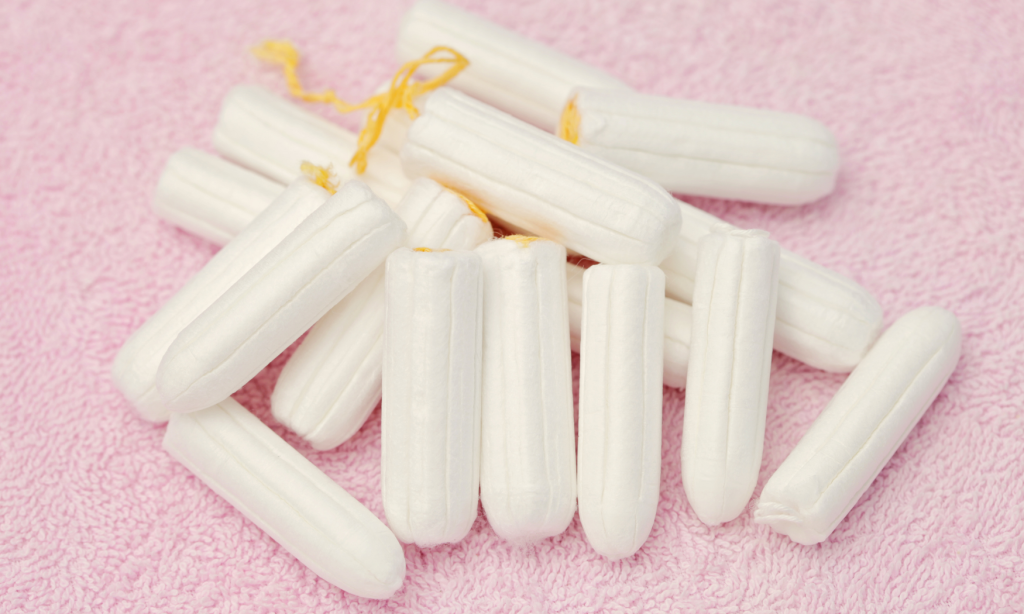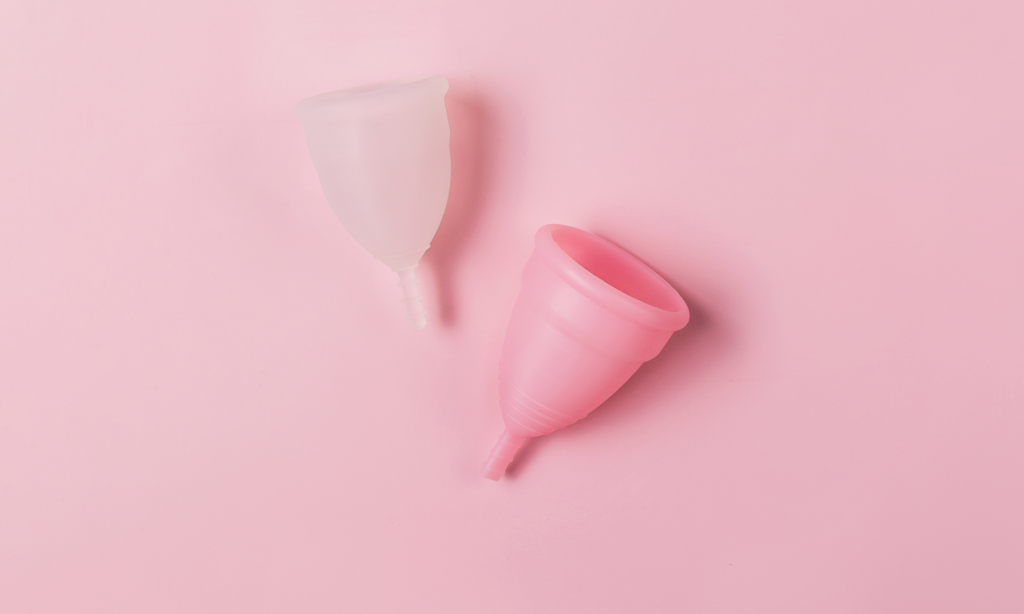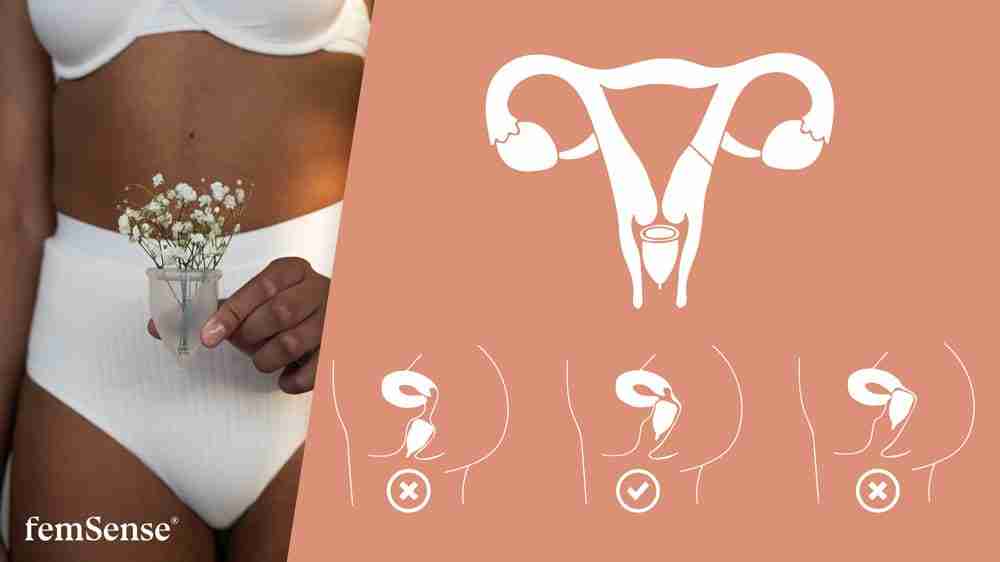
Menstrual cups, panties, tampons, cups - women now have access to a wide range of hygiene products during their menstruation. But what was it actually like in the past? Today we want to take a deep dive into the history of period discourse and menstrual products.
On average, a woman menstruates 500 times in a lifetime these days. That's a pretty high number, and historically, the number wasn't always that high. This has to do with many factors, including the fact that life expectancy was significantly lower; for example, people in the Middle Ages only lived to be 35 on average. Women were also pregnant much more often in the past than today due to the lack of adequate contraception and therefore breastfed more frequently, which can also lead to periods being cancelled due to the release of the hormone prolactin. However, no scientifically validated figures can be given on the exact number of earlier menstruations, as there are simply no records or research data available.
Periods are political
What is certain, however, is that periods are and always have been political. Unfortunately, the history of oppression of menstruating women also goes back a long way, as does the general tabooing of periods. Religious influences and patriarchy had a major impact on this. Even in ancient times, the female body was seen as "deficient" and was considered wetter and weaker than the male body. Accordingly, women had to menstruate in order to get rid of their excess bodily fluids and the image of a "defective" female body was born out of this misconception. However, Christianity also contributed to the further stigmatisation of periods. The Bible, for example, states that a woman is unclean during her period and that anyone who touches her during this time will also become unclean.
Even today, periods are unfortunately sometimes seen as a necessary evil that should be dealt with as quickly and invisibly as possible. This can also be clearly seen in adverts for menstrual products, which are full of happy-looking, joyful women who menstruate invisibly and discreetly and stay fresh and clean thanks to product XY, which once again emphasises the "idea of impurity".
Another consequence of this taboo that should not be ignored is the global inadequate supply of menstrual products. Particularly in countries where access to pads, tampons etc. is not so easy, the onset of periods sometimes even causes girls to drop out of school. According to the non-profit children's rights organisation Plan International, one in four girls in Uganda, for example, does not go to school for fear of humiliation during her period.
However, the supply of period products is also an issue in the western world, the keyword being period poverty. For example, many women do not have enough money for expensive menstrual products and therefore wear tampons for far too long, which can lead to infections as well as medical emergencies such as toxic shock syndrome. Global Menstrual Hygiene Day, which takes place every year on 28 May, aims to draw attention to this problem.
That is why actions like the "Red Box" of the City of Viennaall the more important. Since 2023, women have been able to collect one voucher per month from youth centres and social markets and exchange it for a free pack of pads or tampons at any Bipa shop in Austria.
So much for the socio-cultural context of the female period, where there is still a great need for education in order to destigmatise the topic, which is why we didn't want to leave this unnoticed in our article. But now let's take a closer look at how menstrual products have developed over time.
The historical development of menstrual products
Binding
There are a few myths surrounding the very early forms of menstrual products and not all the information has been verified, but we'll summarise what we've found.
In ancient times, women are said to have used materials such as bast, grass or skins to absorb blood. In ancient Egypt, women allegedly used papyrus leaves as inserts and even rolled them up and inserted them into the body. In ancient Greece, according to the physician Hippocrates, pieces of wood wrapped in linen were used as an early form of tampon.
In the Middle Ages, it was not common to wear underwear and so many women practised free bleeding (which is becoming more popular again today) and simply let their blood flow out. Later, women began to sew pads themselves from scraps of fabric such as old shirts or trousers.
The first "revolution" in the history of period products happened at the end of the 19th century. In 1896, the American company Johnson & Johnson launched the first commercially available washable sanitary towels made of cotton. The pads were attached to so-called "sanitary belts". These consisted of an elasticated strap with two clips (front and back) to which the washable sanitary towels could be attached.
In the 1920s, the first disposable sanitary towels as we know them today came onto the market. Curious fact: Around the same time, so-called "sanitary aprons" were available as a cheaper alternative to the somewhat more expensive disposable sanitary towels. These looked like actual aprons, were usually made of dark-coloured fabric and were worn under skirts or dresses. Contrary to what the name might suggest, they were not very hygienic and did not work very well.

Tampons
The first tampon came onto the market in the 1930s. It was developed by the US family doctor Earle Haas. It is said that he got the idea from the story of a friend who inserted absorbent sea sponges during her period. Haas expanded on this idea by tying cotton compresses together and attaching a retraction cord to them.
4 years later, in 1934, the German Gertrude Tendrich Haas bought the patent and founded the female-owned company Tampax, which still sells tampons today. The first tampons always came with an applicator as an insertion aid. It was not until 1950 that the first tampons that could be inserted by hand came onto the market. Their inventor was Carl Hahn and his company o.b. is probably still familiar to you today. Would you have known? o.b. is an abbreviation and stands for "without pad".

Menstrual cups
Menstrual cups have become increasingly popular as menstrual products in recent years. But would you have guessed that they have been around since 1937? In that year, the American actress and entrepreneur Leona Chalmers applied for a patent for a small cup made of vulcanised rubber, the first menstrual cup. However, her invention was discontinued shortly after entering the market, as the start of the Second World War led to a shortage of rubber. Production was only resumed after the end of the war.

Period panties
The latest "achievement" on the market for menstrual products are so-called period panties, which have been around since the mid-1990s and have been experiencing a huge hype for about 5 years. These are pants with an integrated absorbent pad that consists of several layers. The first layer channels the period blood into the inside of the pants and ensures a dry feeling, followed by another antibacterial and absorbent layer. You can wear period panties for several hours without any worries. Afterwards, simply wash them out with cold water, put them in the washing machine and they can be reused for up to 2 years, making them a more sustainable alternative to disposable products.
What is your favourite menstrual product? Are you more Team Tampon, Cup, Panty or Free Bleeding? Let us know on our Instagram know. If you have any ideas about which menstrual products could be launched on the market in the future, we would also be delighted to receive your input.
PS: If that wasn't enough period talk for you today and you live near Berlin or are planning to travel there in 2024, then we recommend the exhibition "Läuft. The exhibition on menstruation"which can be seen at the Museum of European Cultures Berlin until 6 October 2024. The exhibition aims to give the topic of menstruation more visibility, gives menstruating people a space and outlines the development of menstrual products from the late 19th century to the present day.
Sources:
A brief history of menstruation (18.01.2024)
Germerott (18.01.2024) Blood and shame: how menstruation became a taboo subject
Kijowsake (18.01.2024), Sanitary suspenders to Mooncups: a brief history of menstrual products
Cummings (18.01.2024), The evolution of menstrual products
Citizens (18.01.2024), Menstruation





Leave a Reply